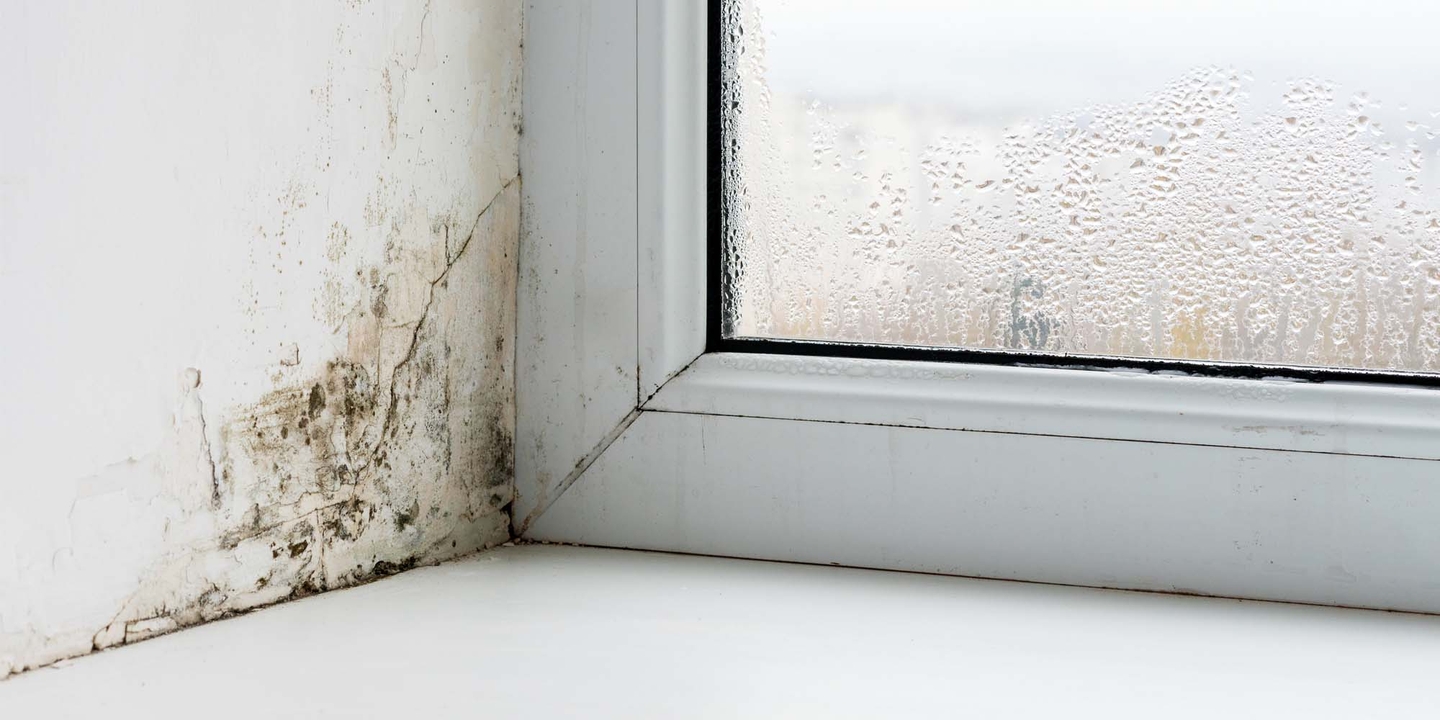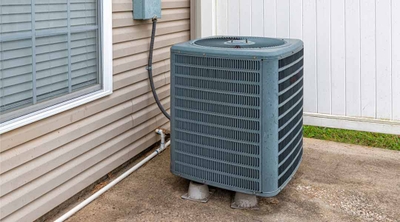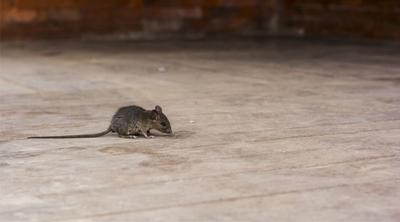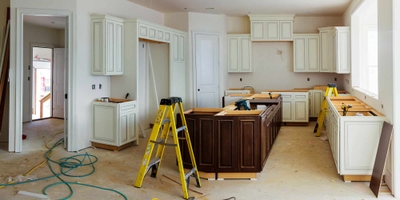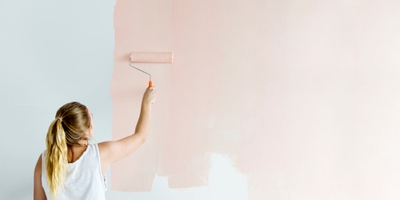How to remove black mold from your home
3 min read
Black mold can develop when your home has leaks, water damage, humidity, and poor ventilation. Your first step in removing black mold from your home is determining its cause. Once you’ve done that, you can begin to work on mold removal. You will have to remove damaged porous items like drywall completely. Nonporous surfaces like glass, ceramics, and wood can be cleaned and dried.
Cleaning and removing mold require precautions to prevent the spread of mold spores. You’ll need to wear personal protective equipment (PPE) and seal the areas of your home that you will be cleaning. The PPE will prevent black mold from being spread to other areas and inhaled.
What causes black mold?
Black mold is one variety of mold, which is a type of fungus. Mold naturally occurs in the environment, but it’s not something you want in your home. If the mold is disturbed, it may release microscopic spores that can cause adverse health effects. The environmental conditions for growing mold include, “No sunlight, poor ventilation, warm temperatures greater than 50 or 60 degrees, and a food source,” says Brent Morgenstern, a senior sales estimator at DEC-TAM (an Alloy Group Company) in North Reading, Mass.
Food sources include “fabric, clothing, cotton, cellulose, paper, newspapers, cardboard boxes, and sheetrock, because it has paper backs on each side.” Home insurance doesn’t cover mold remediation unless a covered peril like a flood or storm caused the damage.
Mold removal and remediation steps
Mold develops in cool, dark, and damp spaces. In addition to visual inspections for mold, your nose may also help you find mold in your home because of its uniquely musty, mildewy scent. “That’s the off-gassing of the microbial organisms eating and feeding on cellulose product,” Morgenstern explains. It is likely to find mold in attics, basements, crawlspaces, and sinks.
Inspection
For do-it-yourselfers, this is your in-home testing and lab sample shipment process. For professionals, this involves an environmental consultant, who will collect samples for lab testing and work with an environmental contractor to develop a mold abatement plan.
Preparation
You will create a containment space, to keep any mold spores that become airborne within that space. Environmental contractors may turn the containment area into a negative air pressure compartment, so air only flows in and not out anytime a worker enters or leaves the space. Anyone working in the containment space should also wear appropriate personal protective equipment.
Mold removal and disposal
For porous items that need to be fully removed and disposed of, you’ll want to mist those items with water to reduce the number of mold spores released into the air during removal. Seal material in thick plastic bags with duct tape before removing it from the work area.
Cleaning
To kill black mold on wood, ceramics, and other nonporous materials, you’ll need the right product. “We use an EPA-approved biocide, but you can also clean mold with a high-phosphate detergent,” Morgenstern says. “There’s a number of different types of products out there to clean surfaces, and everybody uses something a little different.” Bleach, however, isn’t generally recommended. Its purpose is to disinfect or sterilize rather than clean. According to the EPA, it will leave a background level of mold spores behind.
Drying
Between the misting of items for removal and the humidity that helped the mold grow, you’ll need to dry the affected space once you have cleaned it — and keep it dry over the long haul. Morgenstern says that environmental contractors may also treat wall cavities with an antimicrobial encapsulant to help prevent mold growth.
Prevention
You will have to eliminate the cause of the mold, such as leaking pipes, foundation cracks, and external irrigation issues. Once you have repaired your home from the water damage and eliminated the leaks that caused the mold, take steps to prevent mold from occurring again.
Can you test for black mold yourself?
Once you’ve seen or smelled something you suspect is black mold, you can get an in-home testing kit for surfaces, air, or both. These tests can tell you whether mold is present but not whether it’s black mold. These kits usually come with instructions for safely collecting samples for laboratory testing.
Can you remove mold yourself?
If the mold infestation area is small — less than ten square feet, for example — a black mold removal DIY project is possible. Anything larger, and mold remediation experts advise that you hire an environmental contractor for professional mold remediation. You can clean nonporous surfaces. You can remove mold from wood, metal, plastics, ceramic, granite, and glass. Since mold can’t penetrate the surfaces of these substances, you won’t have to replace them.
The U.S. Centers for Disease Control and Prevention (CDC) provides free resources how to remove black mold, whether done by you or a certified professional, generally follow these common mold remediation steps.
Now that you know more than you probably wanted to about how to rid your home of black mold, discover some more of your older home’s hidden safety risks and if homeowners insurance covers water damage.
